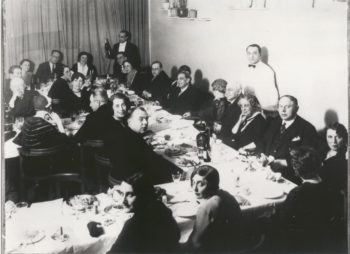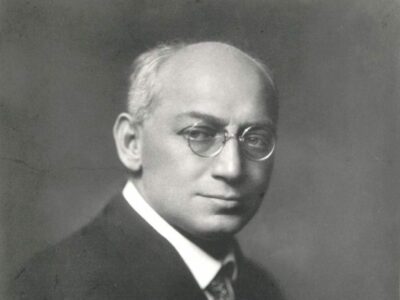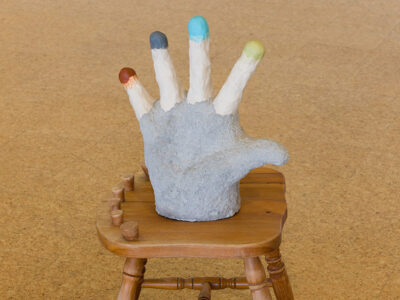TRIGGER WARNING: This content contains discussions of childhood sexual abuse. Prioritise your own wellbeing and seek appropriate support if needed when engaging with this sensitive topic.
Sándor Ferenczi played a major role in establishing and advancing the psychoanalytic movement.
In March 1910, Ferenczi proposed the creation of an international organisation for practitioners of psychoanalysis, nominating Carl Jung as its President.
The proposal was immediately accepted, marking the birth of the International Psychoanalytic Association (IPA), a global membership organisation for psychoanalysts that continues to this day.
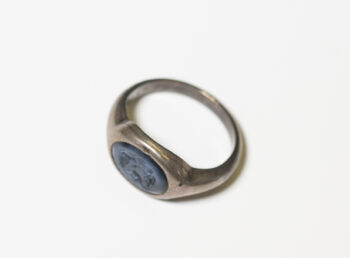
Freud gave rings like this one to the “secret committee” and later to other trusted colleagues. This one was given to Ernst Simmel in 1928 (FM5046).
The ‘Secret Committee’
The IPA was formed in 1910 with Carl Jung as its President. However, Jung’s relationship with psychoanalysis deteriorated rapidly as he increasingly promoted a vision for psychoanalysis that diverged sharply from that of Freud and his colleagues.
In 1914, Jung resigned as President of the IPA and parted company with psychoanalysis.
In the buildup to Jung’s resignation, Freud’s inner circle formed a “secret committee” to uphold the basic tenets of psychoanalysis against detractors. Ferenczi was a member, alongside Karl Abraham, Otto Rank, Hans Sachs and Ernest Jones.
Ferenczi became president of the IPA in 1918, but was obliged to step down the following year due to the political situation in Hungary.
The Budapest School
In 1913, Budapest joined Vienna and Berlin as a major hub for psychoanalysis when Ferenczi founded the Budapest Psychoanalytic Society.
The community that formed around Ferenczi included several major figures in the psychoanalytic movement, including Michael and Alice Balint, Vilma Kovács, Lilly Hajdu, Imre Hermann, István Hollós, Kata Lévy, Edit Ludowyk-Gyömröi, Sigmund Pfeiffer, Géza Róheim and Lilian Rotter. Ferenczi was also the analyst of Melanie Klein.
Under Ferenczi’s leadership, the atmosphere of the Budapest society was markedly different to the society in Vienna. In the words of psychoanalyst Eva Brabant:
“the paternalistic style of the Viennese psychoanalytic society was unknown in Budapest, where professional connections doubled up with ties of friendship.”
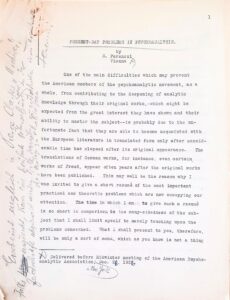
Typewritten notes for Sándor Ferenczi’s lecture ‘Present-day Problems in Psychoanalysis’, which was read to the American Psychoanalytic Association on 28 December 1926.
The later Ferenczi and the psychoanalytic movement
In the 1920s, Ferenczi became a kind of emissary for psychoanalysis in the USA, where the psychoanalytic movement was growing rapidly (the American Psychoanalytic Association was founded in 1911).
Between 1926 and 1927 he travelled to New York and Washington, D.C. to lecture on psychoanalysis. His teaching was influential for key figures in American psychoanalysis such as Clara M. Thompson and Harry Stack Sullivan.
However, his support for lay analysis (the idea that someone does not need to be a medical doctor to be a psychoanalyst) was vigorously opposed by the American medical establishment.
A gradual rift
Although a steadfast champion of the psychoanalytic movement for most of his career, the last years of Ferenczi’s life were marked a growing rift between him and the Freudian orthodoxy.
Much of the tension focused on Ferenczi’s unorthodox clinical techniques and his ideas about trauma, which were increasingly seen as deviations.
On 17 January 1930, Ferenczi wrote to Freud about the “diverse conflicts of feeling and attitude” in their personal relationship. That summer, their correspondence trailed off.
That September, Freud, who was increasingly concerned about Ferenczi’s technical innovations, wrote:
“There is no doubt that with this interruption of contact you are distancing yourself from me more and more. […] You are trying to press forward in all kinds of directions which to me seem to lead to no desirable end.”
In August 1932, the year before his death, Ferenczi resigned as President of the International Psychoanalytical Association.
A confusion of tongues
Later that year, Ferenczi showed Freud his paper on the “Confusion of Tongues Between Adults and the Child.” This landmark paper is the culmination of Ferenczi’s thinking on trauma. While it starts from the case of child sexual abuse, the implications in terms of trauma theory exceeded this case.
Freud misinterpreted Ferenczi’s paper as a return to a position that Freud had moved beyond several decades earlier, known as the seduction theory: the notion that sexual abuse was the exclusive cause of neurosis in all cases.
At the end of the meeting, Freud refused to shake Ferenczi’s outstretched hand.
A trauma on the analytic world
Although their relationship never completely broke down, the rift between Ferenczi and Freud constituted a trauma on the psychoanalytic field. It resulted Ferenczi being forgotten for around five decades, with very limited engagement with his rich body of work.
Starting in the 1980s, Ferenczi was revived and reclaimed by several psychoanalytic thinkers and groups, allowing many overdue conversations on theory and technique to take place.
Discover more:
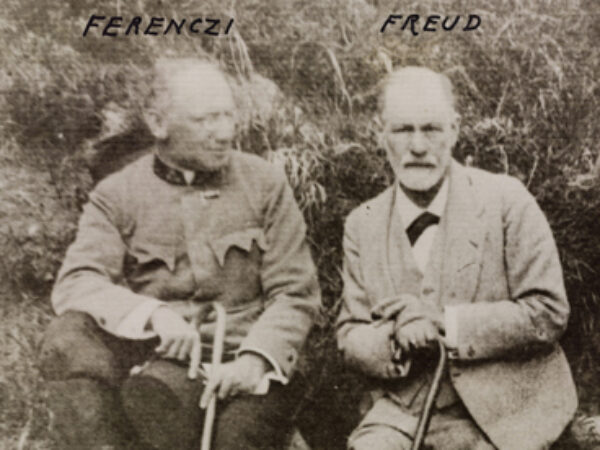
Previous chapter
Sándor Ferenczi and Sigmund Freud
The ups and downs of Ferenczi's friendship with the founder of psychoanalysis.
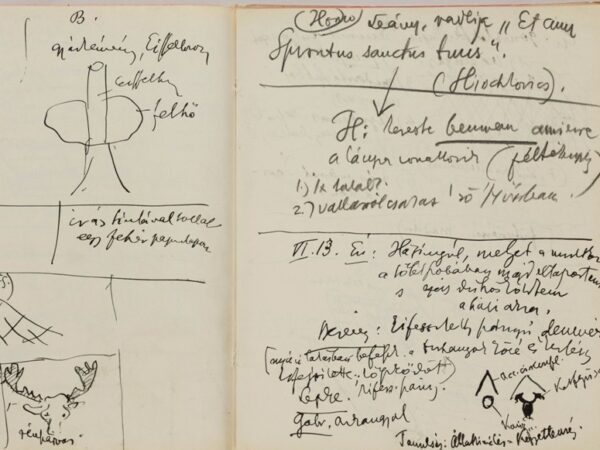
Next chapter
Sándor Ferenczi as a Psychoanalytic Pioneer
Ferenczi quickly gained a reputation as a gifted clinician and theorist.
